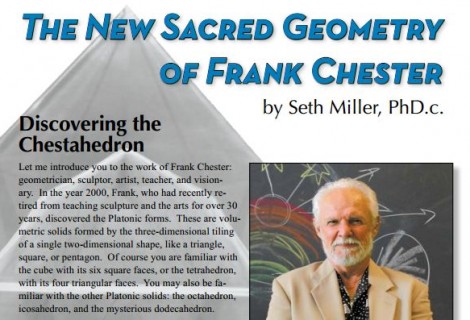An Esoteric Guide to Spencer Brown’s Laws of Form #6
« Previous Page | 1 2 3 4 5 6 | View All | Next Page »
(New readers will want to start with the first installment.)
We ended the last installment by discussing the esoteric nature of the injunction. We continue this exploration, and bring this series to a close.
LoF p. 81
- In the command “let the crossing be to the state indicated by the token” we at once make the token doubly meaningful, first as an instruction to cross, secondly as an indicator (and thus a name) of where the crossing has taken us. It was an open question, before obeying this command, whether the token would carry an indication at all. But the command determines without ambiguity the state to which the crossing is made and thus, without ambiguity, the indication which the token will henceforth carry.
This re-affirms that the mark has both a first and second-order character: it names the state of its content (its indication), and it is an instruction (its injunction) to mark that name, to make that distinction which yields that state. Thus every mark is both an indication and an injunction. It is an indication of a content and an injunction on how to get there.
LoF p. 82
- We may consider how far, in ordinary life, we must observe the spirit rather than the letter of an injunction, and must develop the habitual capacity to interpret any injunction we receive by screening it against other indications of what we ought to do. In mathematics we have to unlearn this habit in favour of accepting an injunction literally and at once. This is why an author of mathematics must take such great pains to make his injunctions mutually permissive. Otherwise these pains, which rightly rest with the author, will fall with sickening import upon the reader, who, by virtue of his relationship with respect to the author, may be in no position to accept them.)
All this actually relates to the task of the esoteric teacher, who recognizes that the way in which injunctions are presented (their context) has a quite prominent role to play in affecting the ability of the pupil to take them up. Thus a key aspect of esoteric teaching necessarily involves extensive caveats, personalizations, modifiers, generalizers, and specifiers. It is relational through and through.
In discussing the nature of the primal injunction, “draw a distinction”, GSB notes that
LoF p. 84
- We have here reached a place so primitive that active and passive, as well as a number of other more peripheral opposites, have long since condensed together, and almost any form of words will suggest more categories than there really are.
All this indicates the primal nature of the WILL, its irreducible ontology. All that “is” flows from WILL. But we have seen also that this will is not alone: it is accompanied, in a complex unity, with both a thinking and a feeling, taken in their most primordial sense.
« Previous Page | 1 2 3 4 5 6 | View All | Next Page »





